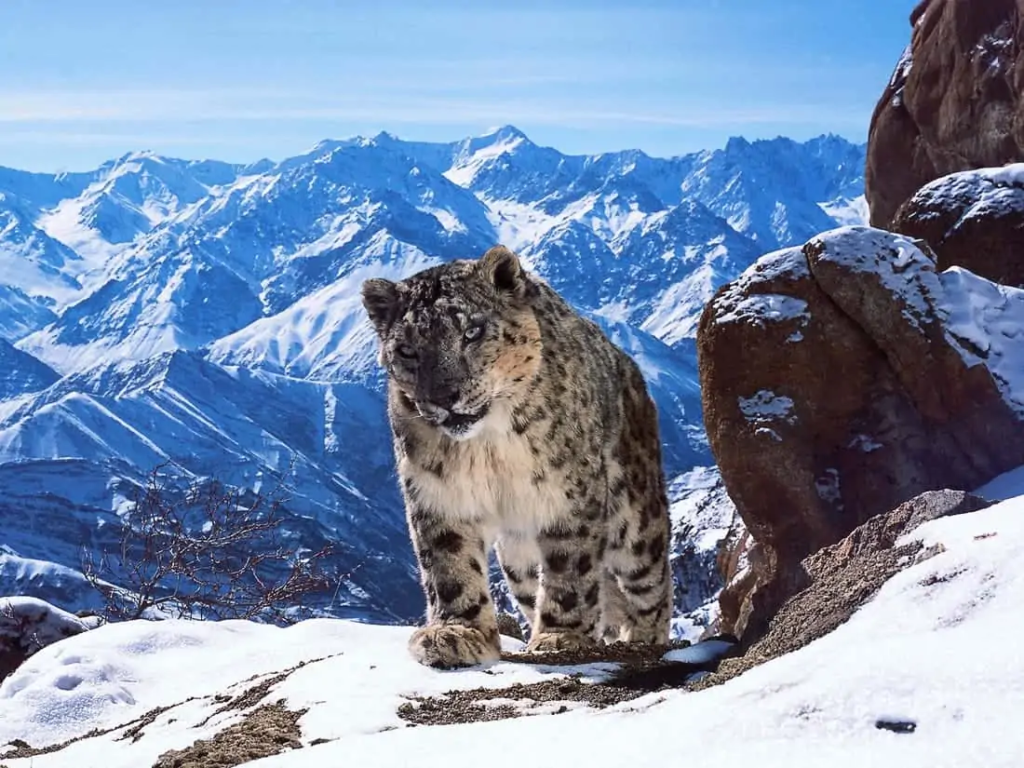Mammals come in a wide range of sizes, from tiny shrews to gigantic whales.
Some of the largest mammals on Earth are awe-inspiring not only because of their sheer size but also due to their fascinating biology and behavior. In this article, we’ll explore the six largest mammals in the world, where they live, and how they survive in their respective environments.
1. Blue Whale (Balaenoptera musculus)
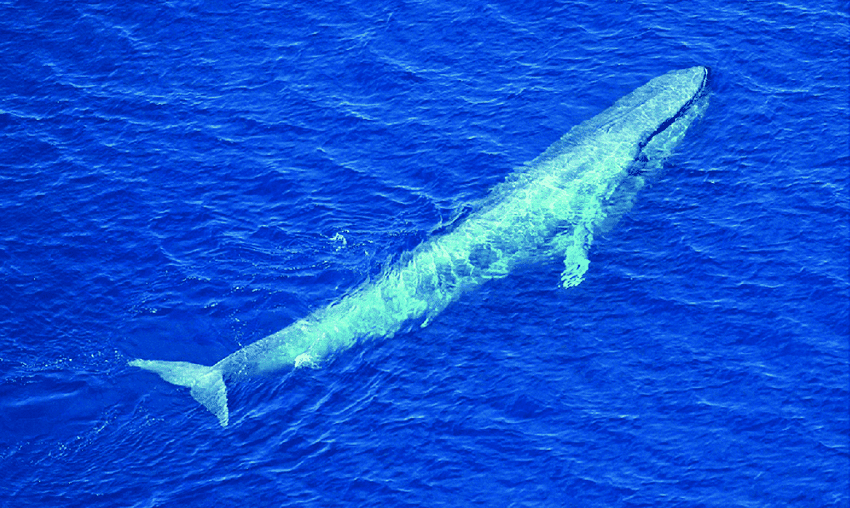
The blue whale holds the title for the largest animal to have ever lived on Earth. This marine mammal is so immense that it dwarfs even the largest dinosaurs.
Size and Weight:
- Length: Up to 100 feet (30 meters)
- Weight: Can weigh as much as 200 tons (about 400,000 pounds)
Habitat:
Blue whales are found in oceans across the globe, from the Arctic to the Southern Oceans. They often migrate long distances, traveling between feeding grounds in colder waters and breeding grounds in warmer waters.
Unique Characteristics:
- Blue whales have a heart that weighs as much as a small car, and their tongue alone can weigh as much as an elephant!
- They feed on tiny organisms called krill, consuming several tons of krill each day during feeding seasons. Despite their enormous size, their diet consists primarily of these small crustaceans.
2. African Elephant (Loxodonta africana)
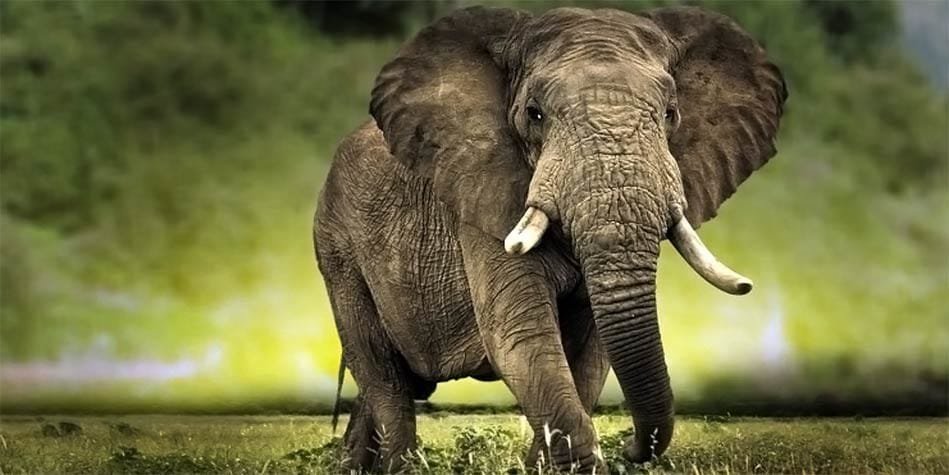
The African elephant is the largest land mammal in the world. Known for their large ears, long trunks, and tusks, elephants are iconic animals that roam various regions of sub-Saharan Africa.
Size and Weight:
- Height: Up to 13 feet (4 meters) at the shoulder
- Weight: Can weigh up to 12,000 pounds (5,400 kg)
Habitat:
African elephants are found in savannas, forests, and deserts across Africa. They are social animals, living in matriarchal herds, and are often seen near water sources, as they require large amounts of water to stay hydrated.
Unique Characteristics:
- Elephants have incredible memories and can recall the locations of water sources or paths taken many years ago.
- They are herbivores, and their diet includes grass, bark, fruits, and leaves. Their trunks are highly versatile and are used for feeding, drinking, and social interactions.
3. Whale Shark (Rhincodon typus)
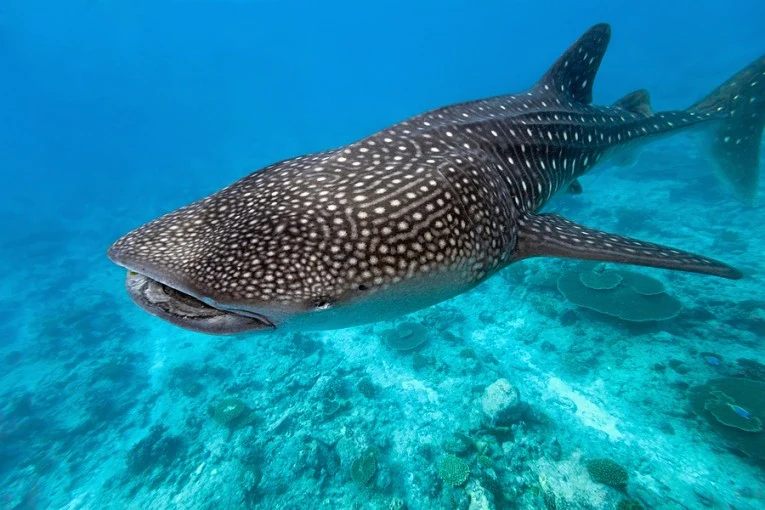
Although not a mammal in the traditional sense, the whale shark is a species of fish that holds the record for the largest living fish. It is often referred to as the “gentle giant” due to its docile nature and massive size.
Size and Weight:
- Length: Can grow up to 60 feet (18 meters)
- Weight: Can weigh as much as 20.6 tons (18,000 kg)
Habitat:
Whale sharks can be found in warm waters around the world, including the Indian Ocean, Pacific Ocean, and some parts of the Atlantic Ocean. They tend to migrate seasonally, following plankton-rich areas.
Unique Characteristics:
- Despite their immense size, whale sharks feed mainly on tiny plankton, including krill and small fish, which they filter through their gills.
- They are known for their peaceful nature, often allowing divers to swim alongside them.
4. Sperm Whale (Physeter macrocephalus)
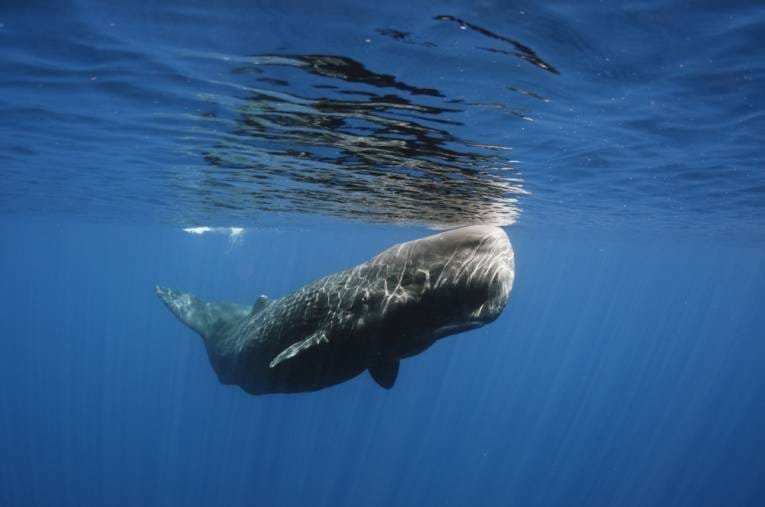
The sperm whale is the largest toothed whale and has the largest brain of any animal on Earth. Known for its distinctive square head, the sperm whale is famous for its deep-diving abilities and its role in the history of whaling.
Size and Weight:
- Length: Males can grow up to 67 feet (20.5 meters), while females are smaller, reaching up to 42 feet (12.8 meters).
- Weight: Males can weigh up to 45 tons (40,000 kg)
Habitat:
Sperm whales are found in deep ocean waters across the globe, from the Arctic to the Antarctic. They prefer deep waters where they can dive to great depths in search of food.
Unique Characteristics:
- Sperm whales are known for their deep dives, often going as deep as 10,000 feet (3,000 meters) in search of squid, their primary diet.
- The sperm whale’s head is filled with a substance called spermaceti, which helps them with buoyancy and echolocation.
5. Southern Right Whale (Eubalaena australis)
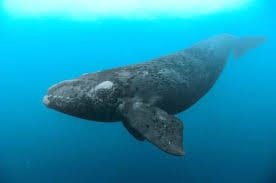
The Southern right whale is a large baleen whale known for its distinctive, calloused patches of skin called “callosities.” These whales are found mainly in the Southern Hemisphere and are known for their peaceful nature.
Size and Weight:
- Length: Up to 60 feet (18 meters)
- Weight: Can weigh up to 80 tons (72,500 kg)
Habitat:
Southern right whales are typically found in the coastal waters of the Southern Hemisphere, including the coasts of South Africa, Argentina, and Australia. They are often found in shallow, coastal waters, especially during breeding seasons.
Unique Characteristics:
- The Southern right whale feeds on small zooplankton and krill, using their baleen plates to filter large quantities of water and food.
- They are called “right whales” because they were historically considered the “right” whales to hunt due to their slow-moving nature and tendency to stay close to shore.
6. Giraffe (Giraffa camelopardalis)
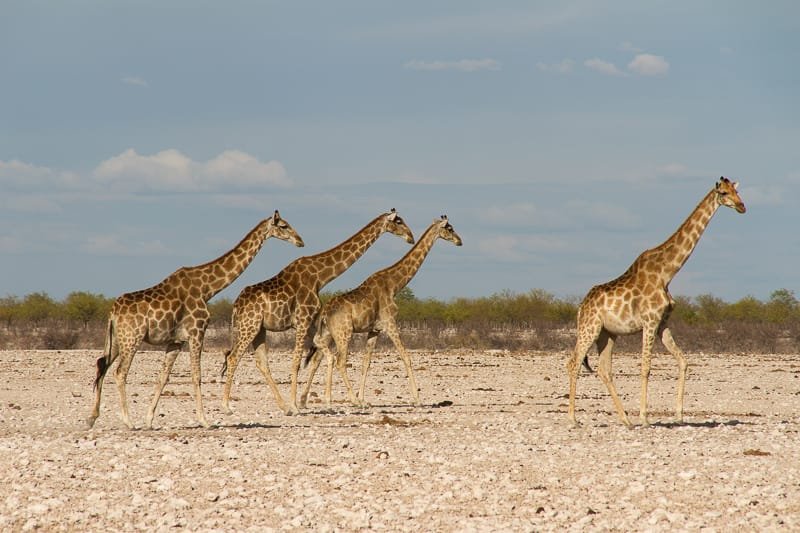
The giraffe, while not as massive as the blue whale or elephant, holds the title as the tallest mammal on Earth, reaching extraordinary heights. Giraffes are known for their long necks, which they use to reach high foliage in trees.
Size and Weight:
- Height: Can grow up to 18 feet (5.5 meters) for males, with females being slightly shorter.
- Weight: Males can weigh around 2,600 pounds (1,200 kg), while females weigh less, around 1,600 pounds (730 kg).
Habitat:
Giraffes are native to Africa, where they roam the savannas and open woodlands. They are herbivores, feeding primarily on the leaves of trees such as acacia.
Unique Characteristics:
- Giraffes’ long necks allow them to feed on the leaves of tall trees, which are out of reach for most other herbivores.
- Despite their height, giraffes are excellent runners and can reach speeds of up to 35 miles per hour (56 kilometers per hour) when necessary.
These six mammals represent some of the largest and most awe-inspiring creatures on Earth, each with its own unique adaptations and traits that help them survive in their environments. From the massive blue whale that dominates the oceans to the towering giraffe in the African savanna, these animals show just how diverse and incredible life can be, even in the largest forms.



